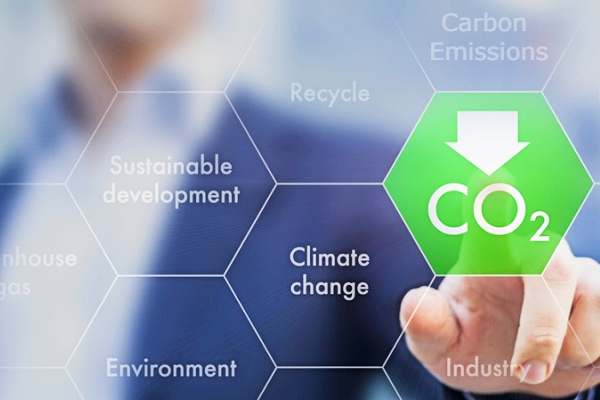Carbon emissions will gradually become one of the decisive factors in the near future as more businesses and organisations understand its core significance.
Compared to other sectors, the technology sector appears to be paying more attention to carbon footprints in order to achieve their future ‘net-zero’ emissions goals.
This has to do a lot with increasing investments in sustainability as it has become a part of ESG reporting today. With tech companies are giving high levels of attention to ESG internally than in the past.
Gartner has predicted that the carbon emissions of hyperscalers cloud service providers will be a top-three criterion in cloud purchase decisions by 2025.
As environmental, social and governance (ESG) priorities and reporting have received growing levels of enterprise attention. According to Gartner, more than 90% of organisations have increased their investments in sustainability programs since the onset of the pandemic compared to investments in 2017.
“Leading providers of cloud infrastructure and platform services are increasingly focusing on how they can disrupt higher-level business, compliance, societal and environmental issues,” said Ed Anderson, Distinguished – Research VP – Gartner.
“Hyperscalers are aggressively investing in sustainable cloud operations and delivery, aspiring to eventually achieve net-zero emissions within the decade, or sooner,” added Anderson.
Gartner expects increased availability of tools that help organisations calculate and reduce their carbon emissions with the effective use of cloud services. Similar to tools that assist in optimizing cloud spending today.
The top 10 largest cloud providers (by revenue) accounted for 70% of all IT spending on cloud infrastructure, platform and application services, according to Gartner.
Cloud sustainability initiatives will start with the leading cloud providers, which are some of the world’s largest data centre operators and are critical to reducing IT-related carbon emissions.
“While essentially all cloud providers have sustainability initiatives in place, their progress in meeting carbon reduction goals and strategies for achieving net-zero carbon emissions varies wildly,” said Anderson.
Although these hyperscalers have initiated their sustainability programs and set ‘net-zero’ emission targets, the measurement tools and metrics for sustainability are still immature and insufficient from a transparency and governance perspective.
“Sustainability metrics and workload placement tools are still immature and not always transparent, making it difficult for organisations to fully and accurately assess true sustainability impacts of their cloud usage today,” pointed out Anderson.
However, what’s more, positive today is that stakeholders are pushing their organisations to improve their sustainability approach. “As stakeholders continue to push organisations to improve their sustainability posture, the more progressive providers will share their sustainability information publicly,” commented Anderson.
“Increasingly, stakeholder pressure will prompt them to include it in company disclosures, compliance and reporting,” concluded Anderson.

